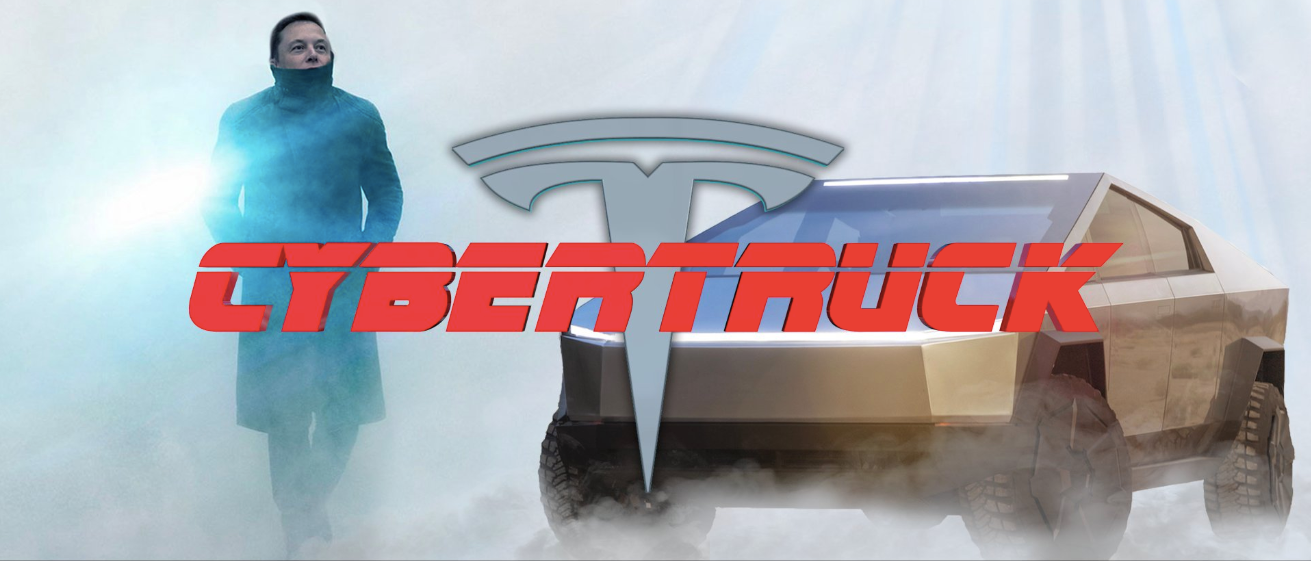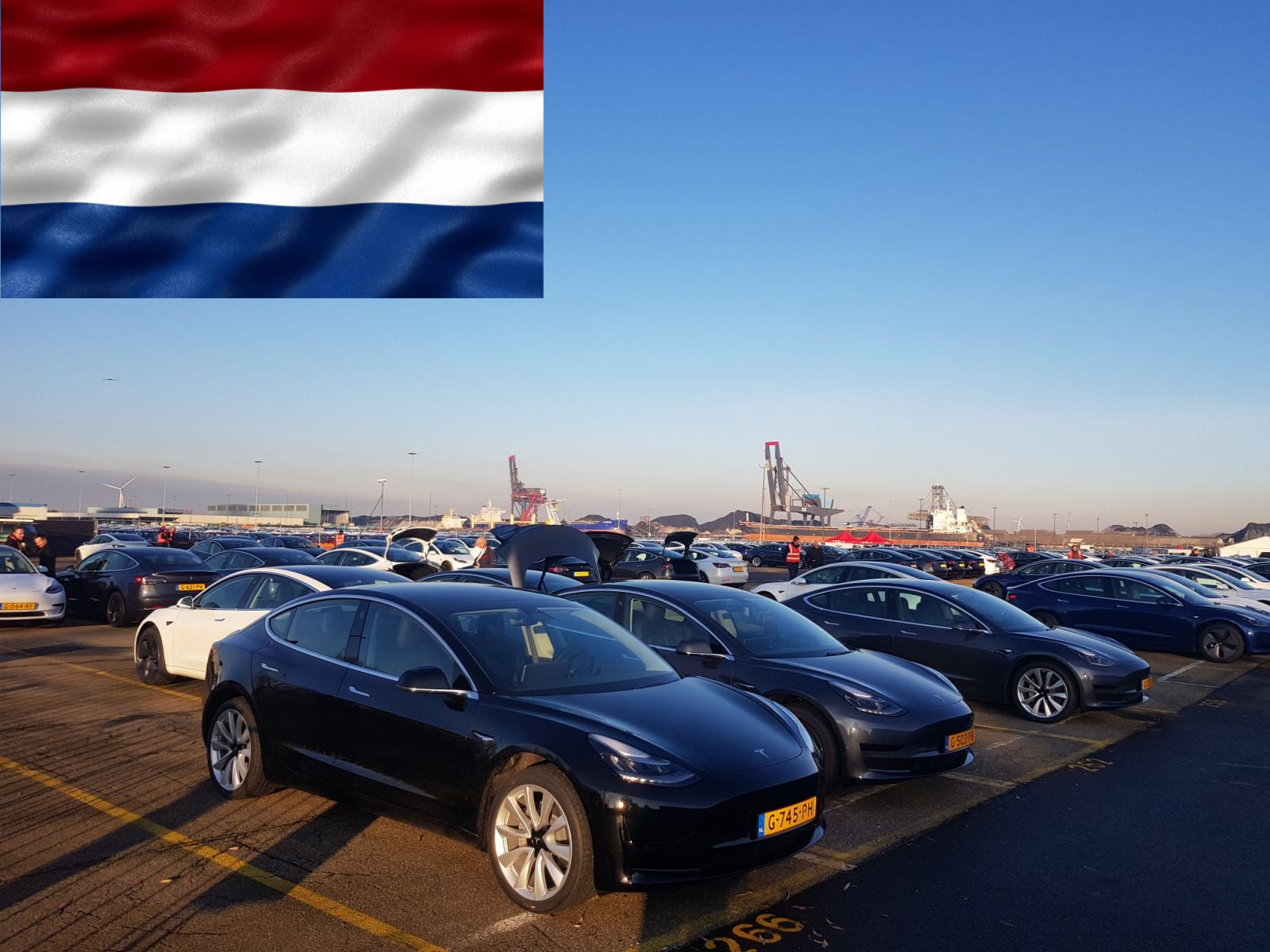The Tesla Cybertruck and the Ford F-150 have been relentlessly compared since the CYBRTRK’s unveiling, but tech may be the one arena the all-electric car company owns hands-down. Tesla’s Full Self-Driving option and Ford’s Adaptive Cruise Control with Stop-and-Go feature both cost around US$7,000, and that price is added on top of the purchase price of the Cybertruck and F-150.
ARK Invest analyst Sam Korus made the astute observation that the Cybertruck’s additional Full Self-Driving option and Ford’s Adaptive Cruise Control with Stop-and-Go were both in the US$7K range. Tesla’s FSD chip has been heralded as the most advanced one in the car industry among EVs and ICE vehicles alike.
Compared to the Cybertruck’s FSD chip, Ford’s Adaptive Cruise Control with Stop-and-Go may seem a little timid to tech buffs. Fellow ARK Invest analyst James Wang explained the stark differences between the chips behind Tesla’s Cybertruck and Ford’s F-150.
Here's what Ford gives you for $7,000: a low end micro-controller less powerful than an iPhone 4 that does a few million operations/s.
— James Wang (@jwangARK) December 4, 2019
The Tesla FSD is a custom silicon running at 2GHz that does 74 *trillion* operations/s. pic.twitter.com/gHABN6WpJA
Wang said the Ford F-150’s chip was less powerful than the one found in the iPhone 4, which is the A4 processor. The iPhone 4’s chip ran at 800MHz and, according to Wang, did a few million operations per second.
Tesla’s FSD chip, on the other hand, is custom-made by the company through the efforts of former Apple chip legend Pete Bannon, who led the creation of the A5 chip used in the iPhone 5. Wang said Tesla's FSD solution runs at 2GHz and does 74 trillion operations per second. For comparison’s sake, Apple’s iPhone 11 Pro has an A13 Bionic chip, running at 2.65GHZ and can do one trillion operations per second.
Tesla’s FSD chips are part of a complicated system linked to the company’s Neural Network, which runs and functions like the human brain. A driver’s behavior in one Tesla is observed and recorded by the car, then sent to the rest of the fleet via the Neural Network.
TESLA’S FULL SELF-DRIVING CHIP VALIDATED AT WORLD INTERNET CONFERENCE IN CHINA 🇨🇳
— Vincent (@vincent13031925) October 21, 2019
Detail: https://t.co/K7CcdcciMm
Congrats @elonmusk & @Tesla team!$TSLA #Tesla #FSD pic.twitter.com/iV0IDV5Xd1
Meanwhile, Ford’s Adaptive Cruise Control with Stop-and-Go feature is limited only to the car itself and does not retain the habits of the driver, like Tesla’s FSD chip. According to Family Ford, Ford’s Adaptive Cruise Control maintains the speed of an F-150, while keeping a preset gap distance from the vehicle in front of it. The Stop-and-Go feature of the F-150 gauges the speed of the car in front, then brakes or accelerates depending on its behavior.
Ford’s Adaptive Cruise Control with Stop-and-Go is quite impressive— at least when compared to other driver-assist features on ICE vehicles in the market. However, Tesla’s FSD chip is on a whole different playing field. When Tesla’s FSD capabilities and Ford’s Adaptive Cruise Control with Stop-and-Go feature are compared, it is clear that they shouldn’t be equal in price.
It would be like pricing the iPhone 4 the same as an iPhone 11 Pro if both devices are offered at the same time on the market. One is clearly better value for money than the other when specs and performance are concerned. ARK Invest analyst Sam Korus certainly seems to think so. He argued that the Cybertruck is the best value for money when compared to Ford’s F-150. In a series of graphs and calculations, Korus proved his argument via Twitter.
2/ Truck shoppers report "Best value for my budget" is the second most important factor for them. pic.twitter.com/q1amHov4zt
— Sam Korus (@skorusARK) December 4, 2019
What's remarkable is that Ford's Adaptive Cruise Control with Stop-and-Go actually falls short even if it's compared with Tesla's basic Autopilot, which includes Autosteer and Traffic-Aware Cruise Control. Basic Autopilot is now standard in all Tesla vehicles save for the $35,000 Standard Range Model 3, which is available off-menu. With this in mind, it becomes even more difficult to justify Ford's additional $7,015 price for the F-150's Adaptive Cruise Control with Stop-and-Go.
Based on Korus’ research, the Cybertruck overtakes the F-150 when it comes to Value for Budget, Monetary Value, and Off-Roading packages. He did not even account for the difference in maintenance costs and monthly upkeep expenses—i.e., fuel versus charging fees.
Ultimately, this may be due to the very core of the two vehicles. The Tesla Cybertruck is essentially a computer clad in a tough, off-road capable exterior. This means that all Cybertrucks, even those whose owners will not purchase FSD, will get a vehicle that has all the hardware needed for autonomous driving by default. On the other hand, the Ford F-150 is a traditional pickup whose tech features are simply added on. As the ARK Invest analysts' statements have shown, this makes a load of difference.
In the end, the Cybertruck seems to be well-rounded. As such, it could be popular with a particular demographic in and outside of the pickup truck market.
Featured Image Credit: James Wang/Twitter
Order your Tesla CyberTruck today with only $100 deposit!
https://www.tesla.com/cybertruck
About the Author
Claribelle Deveza
Longtime writer and news/book editor. Writing about Tesla allows me to contribute something good to the world, while doing something I love.








